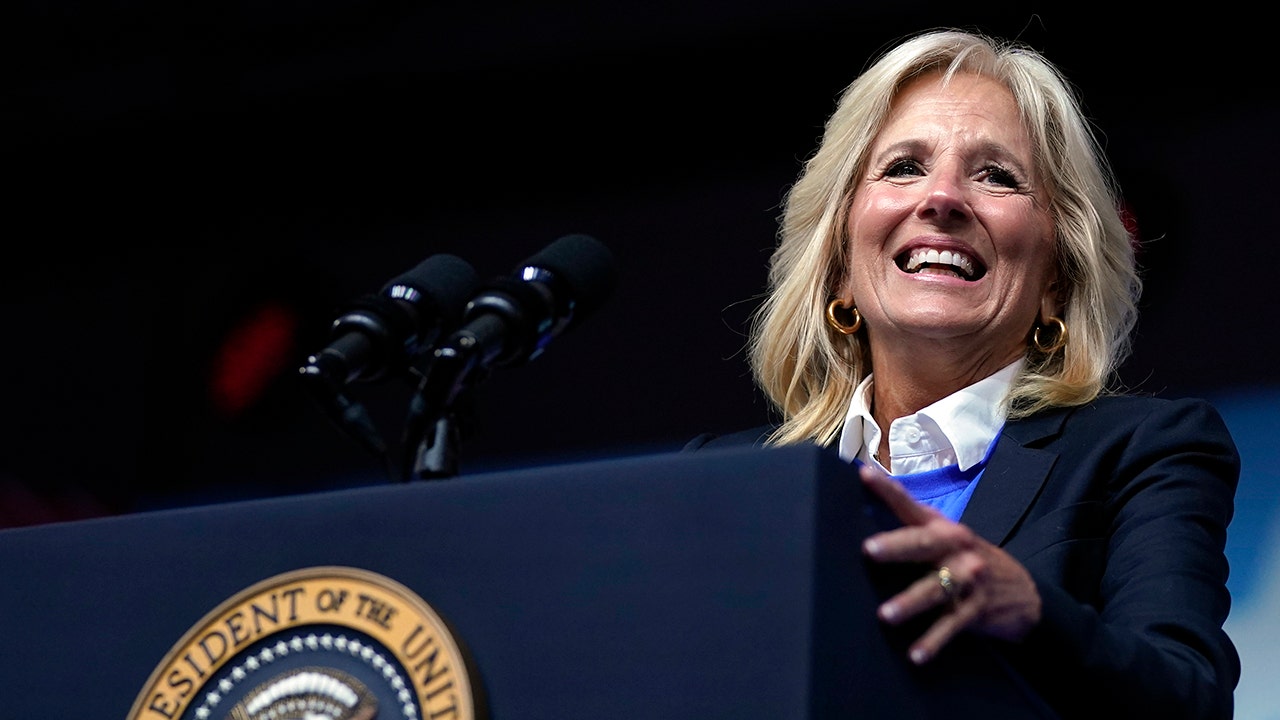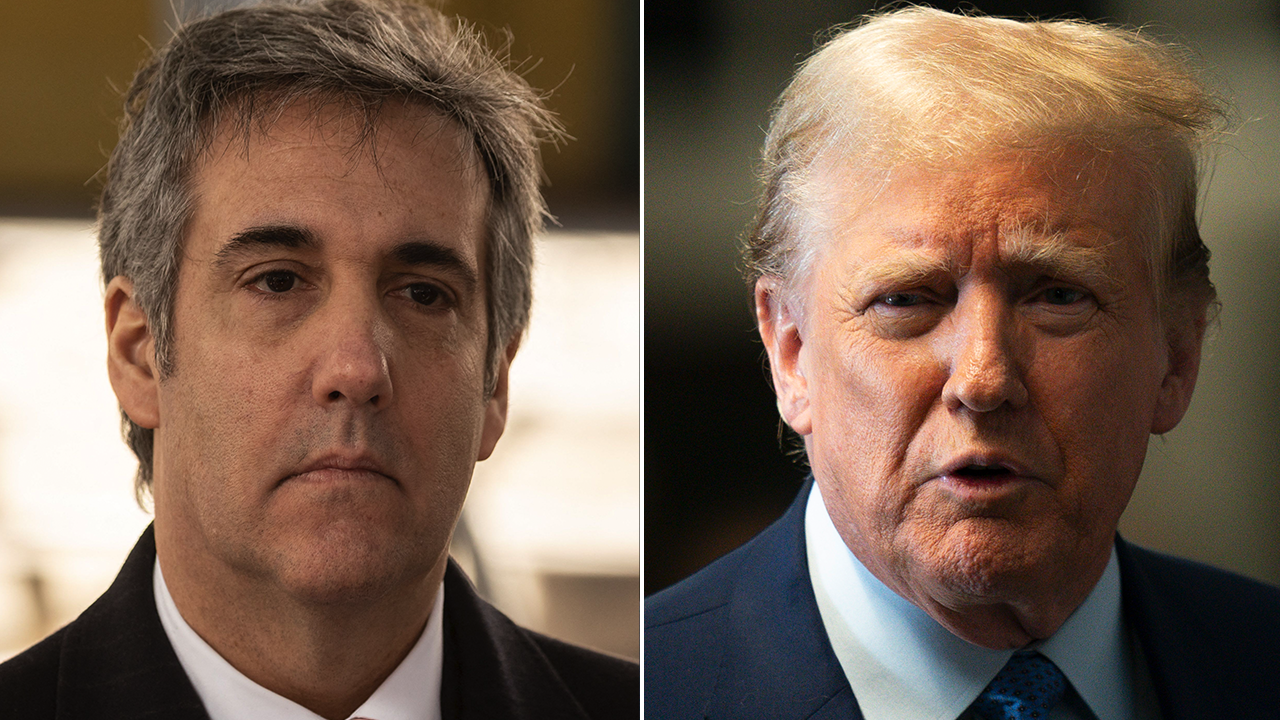- Ukraine and Russia are in wartime technology arms race
- Kyiv aims to innovate way to down Russian drones cheaply
- Ukrainian drone output booming despite Russian attacks
- State programme hopes to procure 200,000 drones in 2023
World
Inside Ukraine’s tech push to counter Russian ‘suicide’ drone threat
/cloudfront-us-east-2.images.arcpublishing.com/reuters/KCB6WX6NOVL3NNH4UNYIW4PSXM.jpg)
KYIV, July 5 (Reuters) – In a basement in downtown Kyiv late last month, away from prying eyes, hundreds of engineers and innovators met senior military officials to brainstorm ways to better neutralise the cheap Russian suicide drones that still devastate Ukrainian cities.
It was a rare, close-up glimpse into Ukraine’s technology arms race with Russia that draws on private sector innovation seeded with state venture capital, and which is pumping out thousands of combat drones in a booming wartime industry.
“The war today is technological, with changes in technology and on the battlefield happening every day,” Mykhailo Fedorov, Ukraine’s deputy prime minister and minister for digital transformations, said on the sidelines of the gathering.
Reuters was the only media outfit invited to the event, where high-ranking army officials and ministers mingled with engineers and eccentric enthusiasts. One man arrived in shorts and a baseball cap with a large drone under his arm.
Organisers distributed $3 million in prize money among three teams of experts deemed to have presented the best drones or electronic warfare technology against Russia’s “Shahed”, drones of Iranian origin which cruise in swarms to their targets and detonate on impact.
In May, Russia attacked Ukraine with a record monthly total of more than 300 drones, official data shows, a challenge for planners anxious to protect energy supplies this winter. Last winter Russia tried to cripple the power grid with air strikes.
“We want to prepare for the… next winter to respond to these challenges,” Deputy Prime Minister Oleksandr Kubrakov said.
The Iranian drones fly so low that they can avoid detection by air defences, while their navigation systems are robust enough to make it hard to take them down with anti-drone electronic warfare weapons that disrupt radio frequencies.
The West has supplied sophisticated air defence systems to counter missile attacks, but taking down swarms of drones that cost $50,000 a piece with $1 million missiles is not ideal, officials say.
“That’s not profitable, so we need to constantly cut the cost of the tools we use to destroy Shaheds,” said Fedorov.
“We’re talking about detection (of drones) using acoustic as well as other means, and also about actual destruction.”
The event’s organisers asked Reuters not to disclose the surnames of participants for security reasons.
One of them, Oleksandr, said his team was presenting a “quadrocopter” that has wings in addition to being propeller-powered. He said it could fly much faster and longer than other drones.
“It’ll be a drone that will… take off vertically to intercept or catch up with drones, shoot them down or jam them,” he said.
Another participant, Yuriy, an engineer and deputy head of a Ukrainian company, said his team presented designs for new anti-drone electronic warfare systems that would be more effective against Shaheds.
‘WAR OF DRONES’
Drones have been used widely in wars in Yemen, Syria and Nagorno-Karabakh, but never more than in Ukraine, officials say.
“This really is an unprecedented war of drones,” Fedorov said, adding that Ukraine’s military technology innovation had boomed since Russia’s invasion.
Ukraine launched a crowdfunding project last year aimed at creating an “Army of Drones” that has grown into a state programme covering everything from the production of uncrewed aerial vehicles to the training of drone pilots.
“A few months after the full-scale invasion began, everyone realized that the most effective way to conduct reconnaissance and defeat the enemy was uncrewed aerial vehicles,” said brigadier general Yurii Shchyhol.
Shchyhol, who oversees procurement for the state programme, said it had purchased 15,000 drones so far, with more coming in via the Defence Ministry and others being supplied by foreign assistance and volunteers.
The total number of drones used by Ukraine on the battlefield is not known.
“Our goal this year is to buy more than 200,000 strike and large reconnaissance drones… We will buy as many drones as are available for purchase on the market,” Shchyhol said.
Fedorov said drone production was now taking place all over Ukraine despite the threat of Russian air strikes, adding that manufacturers had been told to spread work over different sites and to use bomb shelters for parts of the production process.
“We see that today this approach works and all producers continue working and missiles are not hitting production. They (strikes) do happen, but not on such a scale,” he said.
More than 80% of procured drones are Ukrainian-made and assembled in Ukraine, Fedorov added.
Anatoliy Khrapchynskyi, who works for a firm developing electronic warfare technology, contrasted Ukraine’s approach to technological innovation with Russia’s.
While Russia’s approach is top-down and dominated by state organisations, he said, Ukraine’s is driven by the private sector and involves many smaller-sized companies.
“There were seven companies that could sell drones to the state when we began this project last year. Today it’s 40 and it will be 50 by the end of the year,” said Fedorov.
He said state venture capital was helping to expand domestic production and that Ukraine had an edge over Russia because it could share technology with foreign partners and did not have to worry about sanctions.
“Thanks to the funds, companies are starting to localise production. Today we do buy parts across the world, including in China. But localisation is gradually happening,” Fedorov said.
Reporting by Tom Balmforth; editing by Mike Collett-White and Gareth Jones
Our Standards: The Thomson Reuters Trust Principles.

Continue Reading
World
Sickle cell patient offers hope to Ugandan community where disease is prevalent
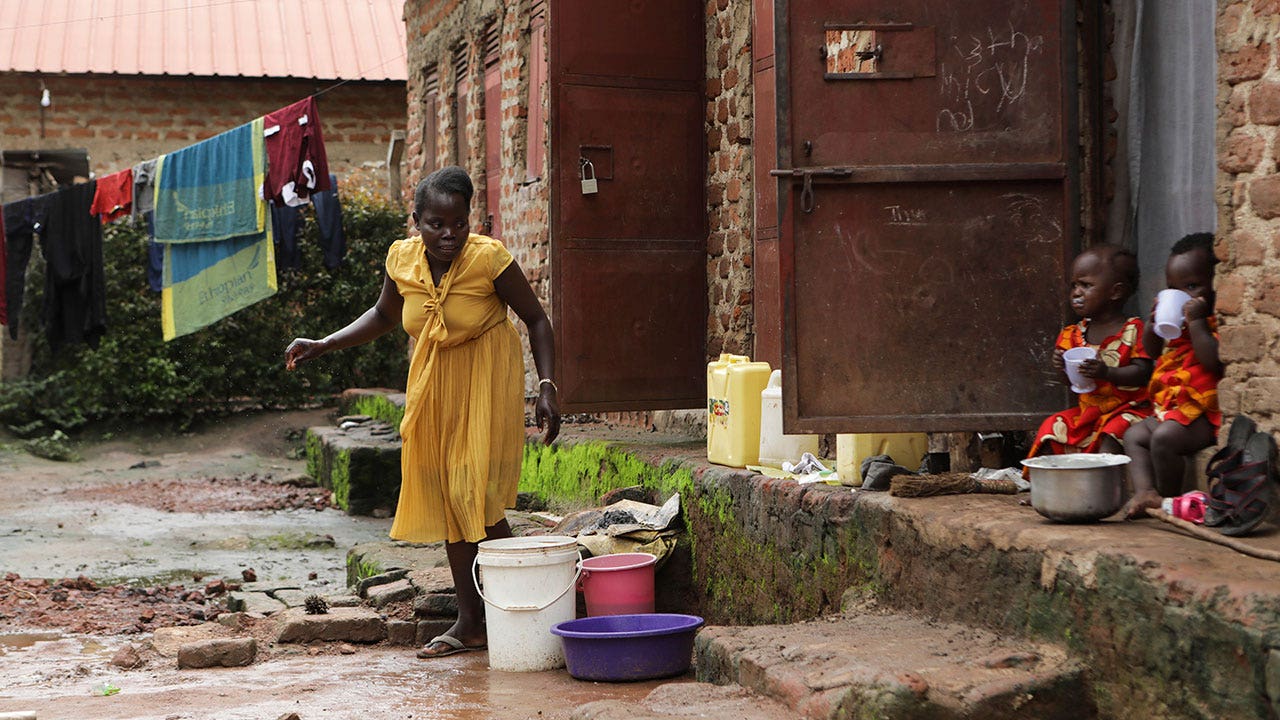
- Barbara Nabulo, a sickle cell disease patient, has emerged as a dedicated advocate for others facing the same condition in rural Uganda.
- Despite her own challenges with the disease, Nabulo serves as a counselor to fellow patients, offering them encouragement and hope.
- Nabulo regularly visits sickle cell patients in the hospital ward, providing them with guidance and reassurance.
Barbara Nabulo was one of three girls in her family. But when a sister died, her mother wailed at the funeral that she was left with just one and a half daughters.
The half was the ailing Nabulo, who at age 12 grasped her mother’s meaning.
“I hated myself so much,” Nabulo said recently, recalling the words that preceded a period of sickness that left her hospitalized and feeding through a tube.
‘REMARKABLE’ GENE-EDITING TREATMENT FOR SICKLE CELL DISEASE IS APPROVED BY FDA
The scene underscores the lifelong challenges for some people with sickle cell disease in rural Uganda, where it remains poorly understood. Even Nabulo, despite her knowledge of how the disease weakens the body, spoke repeatedly of “the germ I was born with.”
Barbara Nabulo cleans clothes at her home in Busamaga-Mutukula village in Mbale, Uganda, on April 25, 2024. Nabulo, a sickle cell disease patient, has emerged as a dedicated advocate for others facing the same condition. (AP Photo/Hajarah Nalwadda)
Sickle cell disease is a group of inherited disorders in which red blood cells — normally round — become hard, sticky and crescent shaped. The misshapen cells clog the flow of blood, which can lead to infections, excruciating pain, organ damage and other complications.
The disease, which can stunt physical growth, is more common in malaria-prone regions, notably Africa and India, because carrying the sickle cell trait helps protect against severe malaria. Global estimates of how many people have the disease vary, but some researchers put the number between 6 million and 8 million, with more than 5 million living in sub-Saharan Africa.
The only cure for the pain sickle cell disease can cause is a bone marrow transplant or gene therapies like the one commercially approved by the U.S. Food and Drug Administration in December. A 12-year-old boy last week became the first person to begin the therapy.
EX-NFL STAR TEVIN COLEMAN’S DAUGHTER ‘COULDN’T BREATHE ON HER OWN,’ PUT ON VENTILATOR AMID SICKLE CELL FIGHT
Those options are beyond the reach of most patients in this East African nation where sickle cell disease is not a public health priority despite the burden it places on communities. There isn’t a national database of sickle cell patients. Funding for treatment often comes from donor organizations.
In a hilly part of eastern Uganda that’s a sickle cell hot spot, the main referral hospital looks after hundreds of patients arriving from nearby villages to collect medication. Many receive doses of hydroxyurea, a drug that can reduce periods of severe pain and other complications, and researchers there are studying its effectiveness in Ugandan children.
Nabulo, now 37, is one of the hospital’s patients. But she approaches others like her as a caregiver, too.
After dropping out in primary school, she has emerged in recent years as a counselor to fellow patients, speaking to them about her survival. Encouraged by hospital authorities, she makes weekly visits to the ward that has many children watched over by exhausted-looking parents.
Nabulo tells them she was diagnosed with sickle cell disease at two weeks old, but now she is the mother of three children, including twins.
Such a message gives hope to those who feel discouraged or worry that sickle cell disease is a death sentence, said Dr. Julian Abeso, head of pediatrics at Mbale Regional Referral Hospital.
Some men have been known to divorce their wives — or neglect them in search of new partners — when they learn that their children have sickle cell disease. Frequent community deaths from disease complications reinforce perceptions of it as a scourge.
BONE MARROW TRANSPLANTS CAN REVERSE ADULT SICKLE CELL DISEASE
Nabulo and health workers urge openness and the testing of children for sickle cell as early as possible.
Abeso and Nabulo grew close after Nabulo lost her first baby hours after childbirth in 2015. She cried in the doctor’s office as she spoke of her wish “to have a relative I can call mine, a descendant who can help me,” Abeso recalled.
“At that time, people here were so negative about patients with sickle cell disease having children because the complications would be so many,” the doctor said.
Nabulo’s second attempt to have a child was difficult, with some time in intensive care. But her baby is now a 7-year-old boy who sometimes accompanies her to the hospital. The twin girls came last year.
Speaking outside the one-room home she shares with her husband and children, Nabulo said many people appreciate her work despite the countless indignities she faces, including unwanted stares from people in the streets who point to the woman with “a big head,” one manifestation in her of the disease. Her brothers often behave as if they are ashamed of her, she said.
Once, she heard of a girl in her neighborhood whose grandmother was making frequent trips to the clinic over an undiagnosed illness in the child. The grandmother was hesitant to have the girl tested for sickle cell when Nabulo first asked her. But tests later revealed the disease, and now the girl receives treatment.
“I go to Nabulo for help because I can’t manage the illness affecting my grandchild,” Kelemesiya Musuya said. “She can feel pain, and she starts crying, saying, ‘It is here and it is rising and it is paining here and here.’”
Musuya sometimes seeks reassurance. “She would be asking me, ‘Even you, when you are sick, does it hurt in the legs, in the chest, in the head?’ I tell her that, yes, it’s painful like that,” Nabulo said.
Nabulo said she was glad that the girl, who is 11, still goes to school.
The lack of formal education is hurtful for Nabulo, who struggles to write her name, and a source of shame for her parents, who repeatedly apologize for letting her drop out while her siblings studied. One brother is now a medical worker who operates a clinic in a town not far away from Nabulo’s home
“I am very happy to see her,” said her mother, Agatha Nambuya.
She recalled Nabulo’s swelling head and limbs as a baby, and how “these children used to die so soon.”
But now she knows of others with sickle cell disease who grew to become doctors or whatever they wanted to be. She expressed pride in Nabulo’s work as a counselor and said her grandchildren make her feel happy.
“At that time,” she said, recalling Nabulo as a child, “we didn’t know.”
World
Germany's Weber supports Macron’s call for European nuclear deterrent
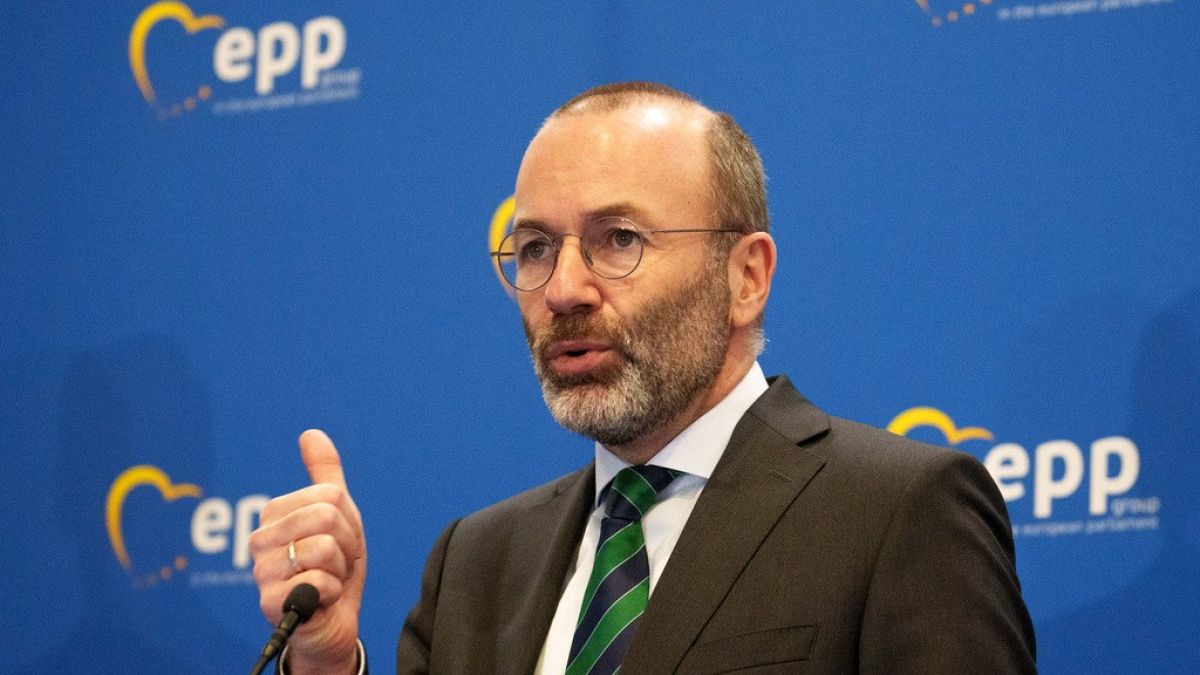
With fears over NATO’s credibility, the idea of a homegrown alternative is playing into Germany’s domestic political debate.
A French plan to offer a nuclear umbrella to Europe has met with support from the German MEP who heads the European People’s Party, Manfred Weber, playing into the domestic political debate ahead of June EU elections.
Russia’s invasion of Ukraine, and the prospect that a second Donald Trump presidency might weaken the transatlantic alliance, has raised the salience of having a homegrown alternative to NATO.
In a TV clip which issued on Thursday (9 May), Weber suggested he favoured plans put forward by French President Emmanuel Macron, and criticised left-wing Chancellor Olaf Scholz for his failure to engage.
“This is an offer of France which we must talk about,” Weber said on a panel hosted by Bavarian TV station BR24, after Macron proposed to extend security guarantees based on nuclear deterrence, adding: “I am disappointed that Olaf Scholz, the federal government, is voiceless, that there is absolutely no answer for this proposal.”
Macron “is broadening the conception of France’s national security from a purely territorial concept into a European one,” Weber said. “He is ready to say: the security order of France is attacked when Lithuania is attacked.”
In a wide-ranging speech on European policy in late April, Macron said France’s nuclear deterrent was an “indispensable element of the defence of the European continent”.
Fears over Europe’s ability to defend itself were raised after Trump suggested he wouldn’t leap to the rescue of allies who didn’t spend enough on their militaries, undermining the treaty commitments that underpin NATO.
France is the only remaining nuclear power within the EU, though it isn’t immediately clear what role Brussels, or MEPs such as Weber, might play in developing the idea.
The European Commission is attempting to coordinate military production by its members to help arm Ukraine, and its President Ursula von der Leyen has said she’ll make defence a central plank of a hoped-for second term in office.
But the EU also includes neutral members such as Ireland and Austria, and is precluded under its founding treaties from buying weapons directly.
In February, Scholz – a socialist who leads a coalition that also includes the green and liberal parties – told German newspaper the Süddeutsche Zeitung, “I don’t think much of this debate” concerning a European nuclear guarantee, citing NATO membership and the country’s decision not to seek its own atomic weapons.
Earlier this week, Russian President Vladimir Putin ordered tests of tactical nuclear weapons, in an apparent warning to Ukraine’s allies to back off.
World
Australian court lifts order blocking X on church stabbing video

An Australian court on Monday rejected a bid by the country’s cyber safety regulator to extend a temporary order for Elon Musk-owned X to block videos of the stabbing of an Assyrian church bishop, which authorities had called a terrorist attack.
-

 World1 week ago
World1 week agoBrussels, my love? Champage cracked open to celebrate the Big Bang
-

 Politics1 week ago
Politics1 week agoAustralian lawmakers send letter urging Biden to drop case against Julian Assange on World Press Freedom Day
-

 Education1 week ago
Education1 week agoHow Counterprotesters at U.C.L.A. Provoked Violence, Unchecked for Hours
-
News1 week ago
A group of Republicans has united to defend the legitimacy of US elections and those who run them
-

 Politics1 week ago
Politics1 week agoHouse Dems seeking re-election seemingly reverse course, call on Biden to 'bring order to the southern border'
-

 World1 week ago
World1 week ago‘It’s going to be worse’: Brazil braces for more pain amid record flooding
-
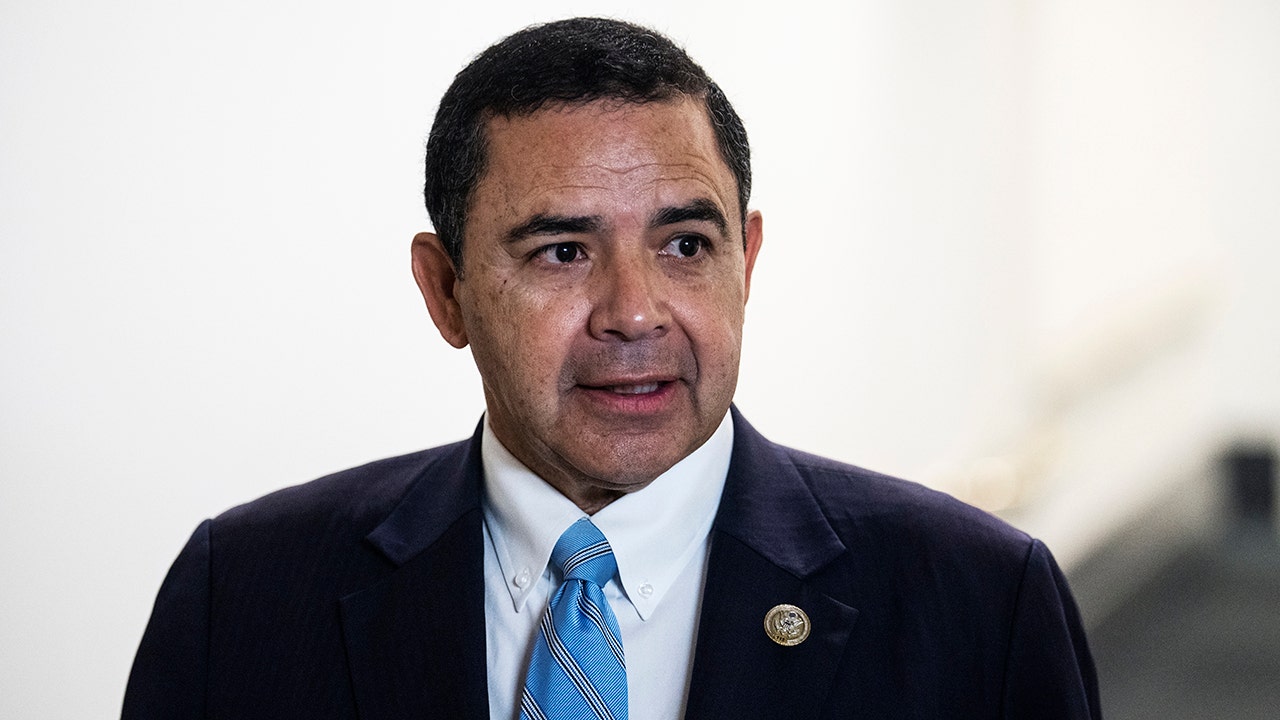
 Politics1 week ago
Politics1 week agoDemocratic Texas Rep. Henry Cuellar indicted by DOJ on conspiracy and bribery charges
-

 Politics1 week ago
Politics1 week ago'Stop the invasion': Migrant flights in battleground state ignite bipartisan backlash from lawmakers



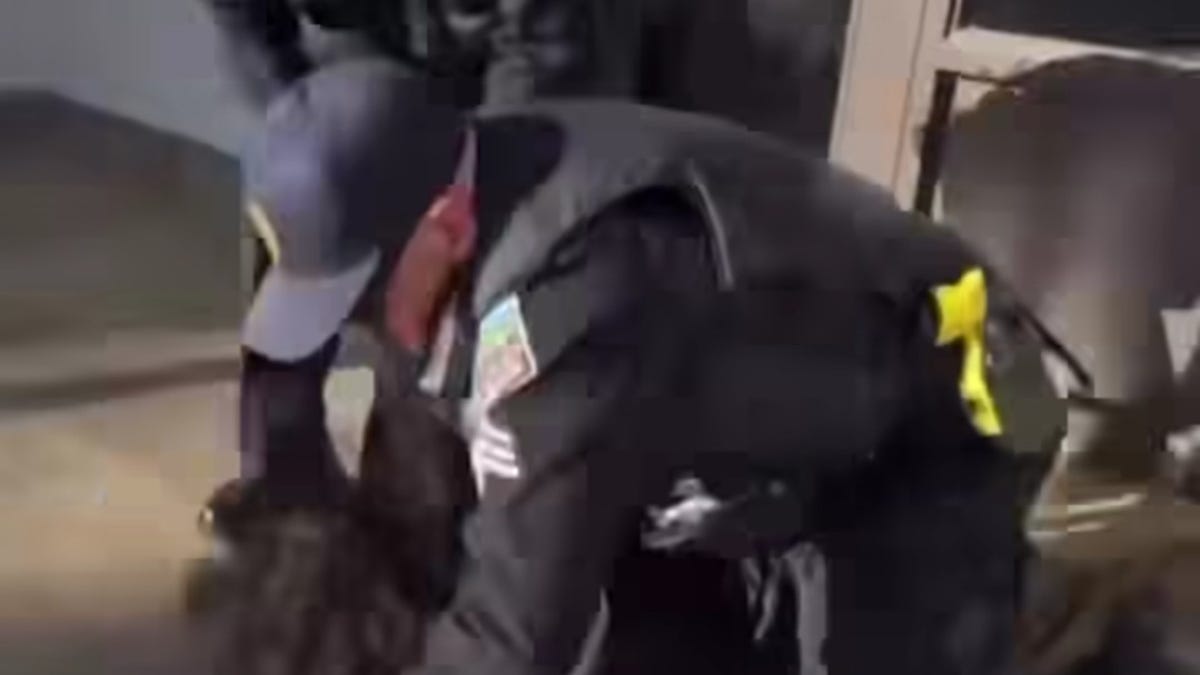

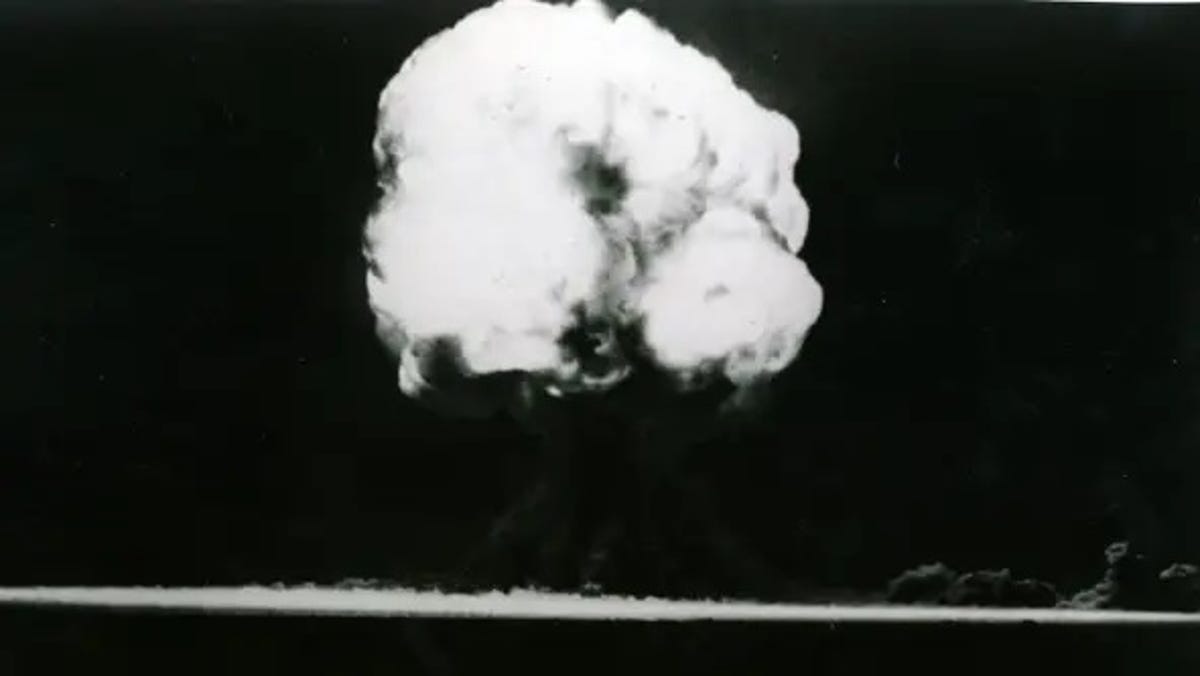



/cdn.vox-cdn.com/uploads/chorus_asset/file/25445870/1238159620.jpg)





